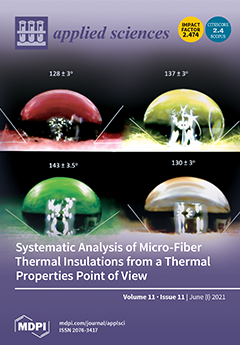Returning crop residues to agricultural fields can accelerate nutrient turnover and increase N
2O and NO emissions. Increased microbial respiration may lead to formation of local hotspots with anoxic or microoxic conditions promoting denitrification. To investigate the effect of litter quality on CO
2, NO, N
2O, and N
2 emissions, we conducted a laboratory incubation study in a controlled atmosphere (He/O
2, or pure He) with different maize litter types (
Zea mays L., young leaves and roots, straw). We applied the N
2O isotopocule mapping approach to distinguish between N
2O emitting processes and partitioned the CO
2 efflux into litter- and soil organic matter (SOM)-derived CO
2 based on the natural
13C isotope abundances. Maize litter increased total and SOM derived CO
2 emissions leading to a positive priming effect. Although C turnover was high, NO and N
2O fluxes were low under oxic conditions as high O
2 diffusivity limited denitrification. In the first week, nitrification contributed to NO emissions, which increased with increasing net N mineralization. Isotopocule mapping indicated that bacterial processes dominated N
2O formation in litter-amended soil in the beginning of the incubation experiment with a subsequent shift towards fungal denitrification. With onset of anoxic incubation conditions after 47 days, N fluxes strongly increased, and heterotrophic bacterial denitrification became the main source of N
2O. The N
2O/(N
2O+N
2) ratio decreased with increasing litter C:N ratio and C
org:NO
3− ratio in soil, confirming that the ratio of available C:N is a major control of denitrification product stoichiometry.
Full article





